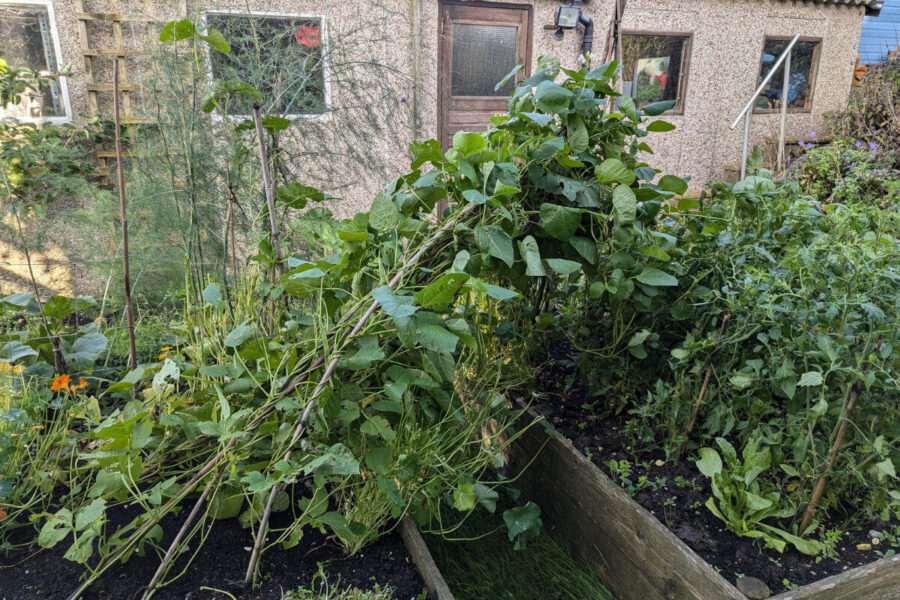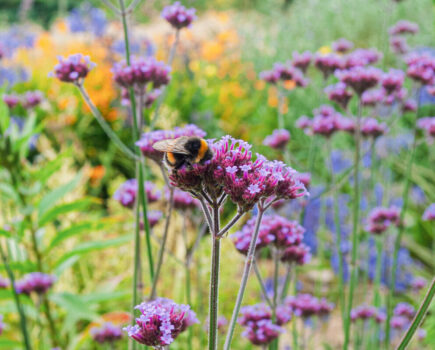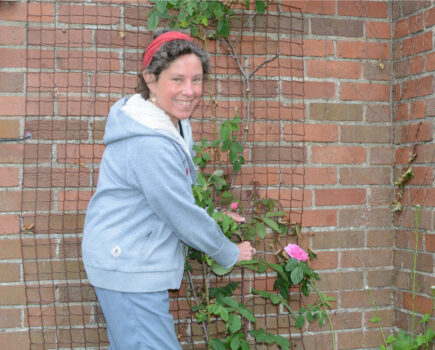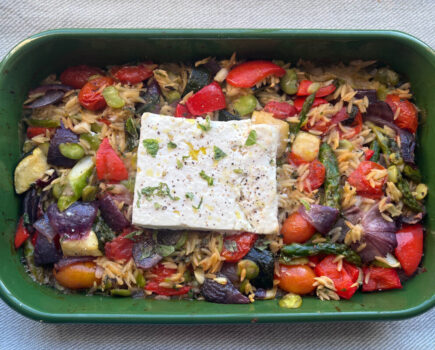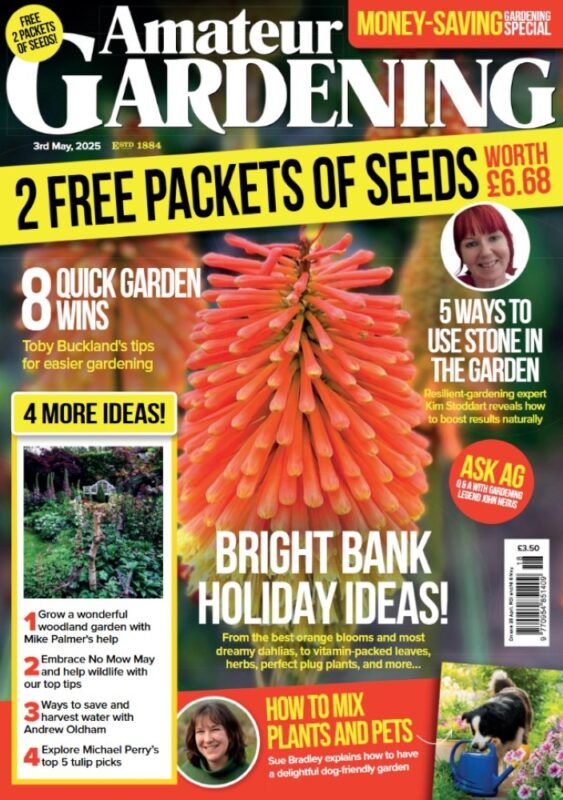Make sure canes are securely anchored before planting climbing crops
On the previous page I mentioned my mishaps with our adolescent echinaceas, and with a perverse desire to continue with the ‘gardening disaster movie’ theme in this issue, the main photo on this page shows a wee misadventure that befell our runner beans last summer.
One summer night we were buffeted by an unseasonably violent storm – and the next morning we discovered that our stand of runner beans had been comprehensively toppled.
It wasn’t the best way to start the day but mercifully the bean plants were still attached to their roots, which had clung on stubbornly to the soil, so we were able to right the canes, anchor them more firmly and go on to have an excellent harvest later on.
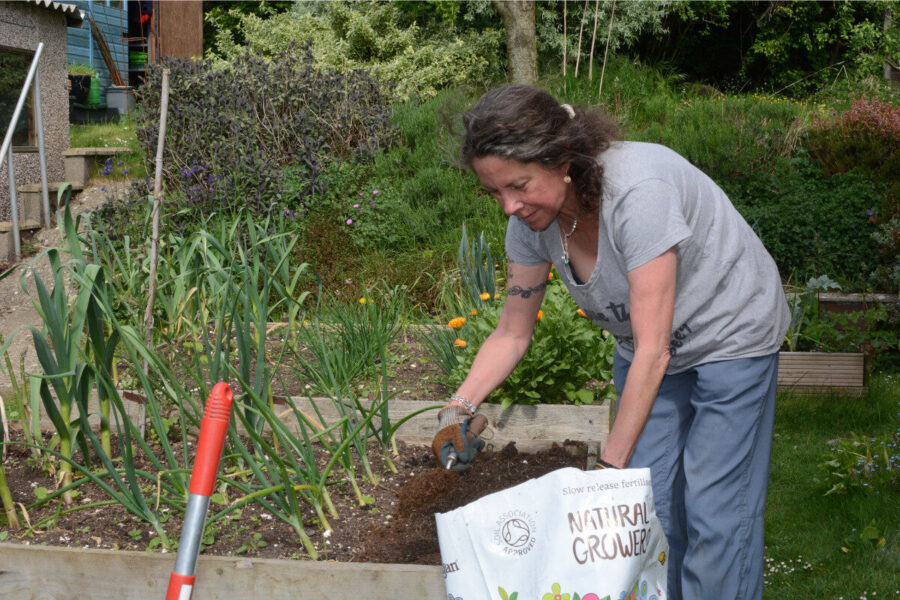
But, lessons learned and this year the canes have been sunk firmly into the ground by creating deeper holes with a substantial metal crowbar that carries some serious heft and hopefully they will stay rooted.
This year the beans went in a little later than usual because the contrariness of the weather made me hesitate before committing myself too early.
It may have been dry and warm, but there were also some chilly nights and cutting winds down here in the south and I didn’t want to risk any losses. Now all we need to do is keep everything crossed that the canes stay in place, and look forward to a harvest that is full of beans.
Good health and hygiene
Feed plants to boost resilience
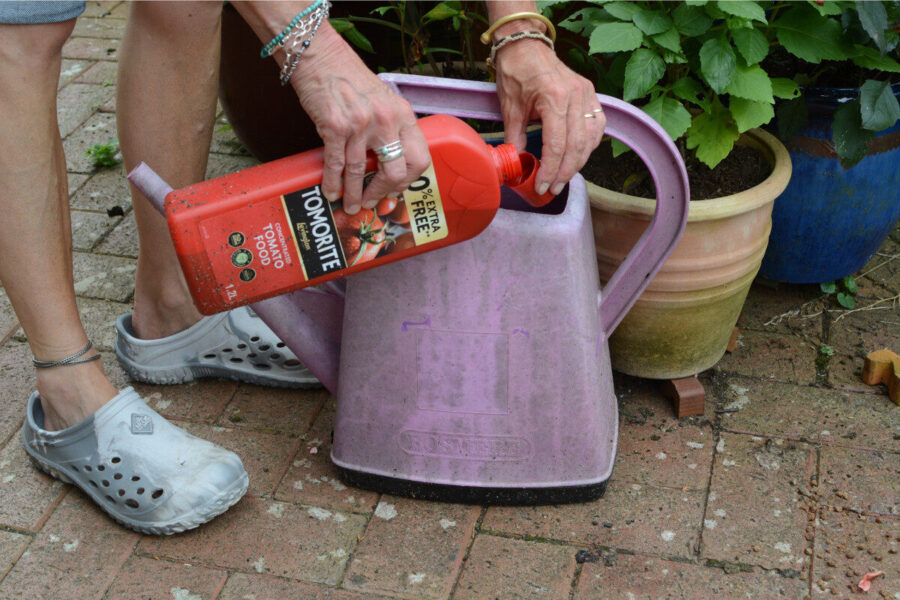
1. High-potassium liquid tomato feed encourages flowering as well as cropping and is perfect for keeping pots and baskets blooming until well into the autumn. Maintain pest vigilance too, as a container with lots of plants offers hiding places for unwanted visitors.
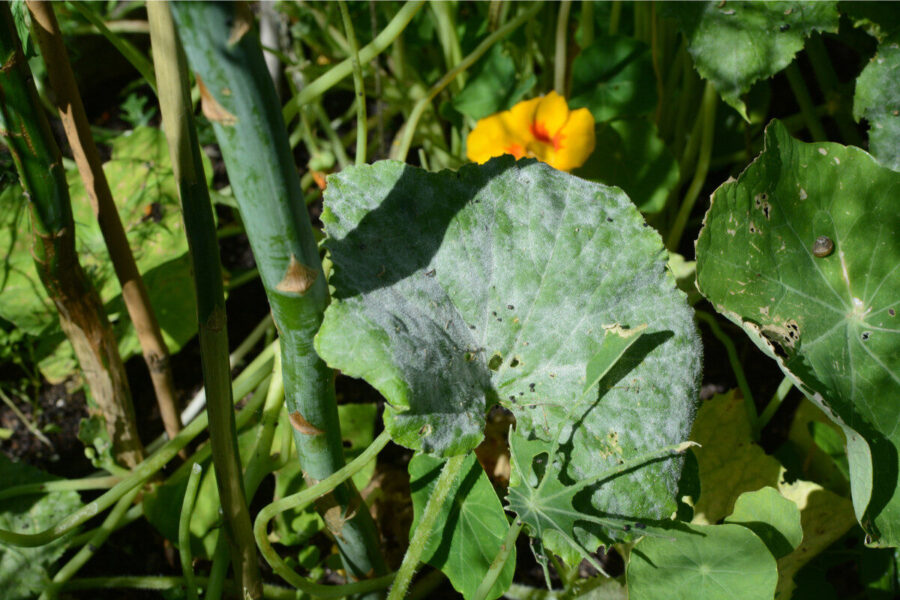
2. Powdery mildew is a common problem when the soil is dry and airflow restricted, so keep plants well watered and make sure they have lots of room to grow with good ventilation. Cut and bin the worst affected leaves.
Earthing potatoes and June drop in apples

Another veg-related job this week has been earthing up our early and second early potatoes, growing as they are in containers on the patio.
Earthing up is done whether your spuds are in the ground or in pots because by burying the stems, you increase their underground length and encourage them to produce more delicious tubers.
It also smothers any weeds that may be trying to make an appearance.
I will keep on earthing up my plants until the containers are full, making sure I feed and water as I go, and then wait until either they finish flowering or the topgrowth (or haulms) die back.
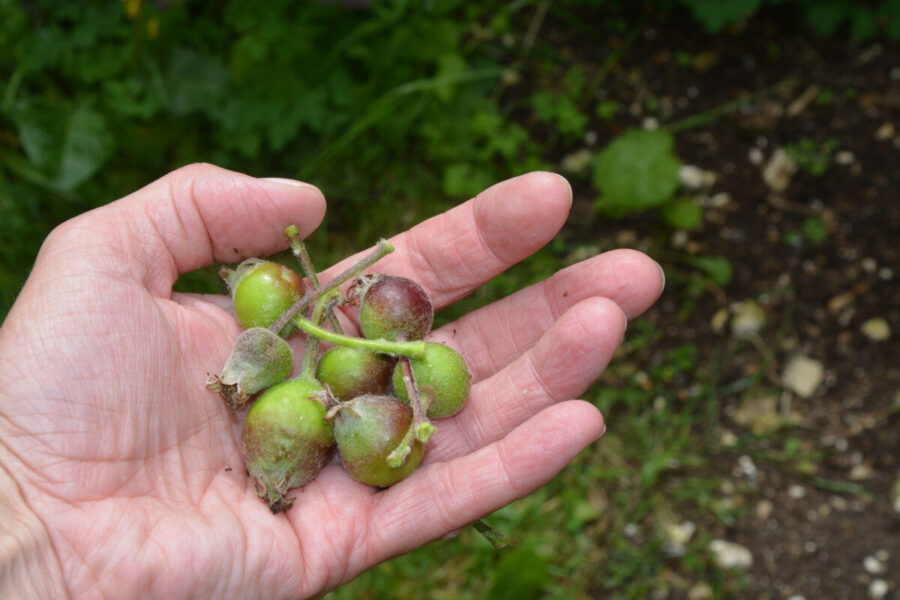
This month is also when the ‘June drop’ takes place, and apple trees shed a quantity of surplus fruits.
This shedding may be unnerving but don’t worry, the trees know what they are doing and enough fruits will be left for a healthy harvest – and a healthy tree that hasn’t been stressed by over-cropping.
The dry start to the spring may contribute to more fruit loss than normal, so make sure trees are well watered. A lack of nitrogen can also cause excessive fruitlet-drop, so feed with a general purpose fertiliser to rebalance the soil. This is especially important for young trees.
Find more tips, advice and articles like this at the Amateur Gardening website. Subscribe to Amateur Gardening magazine now

